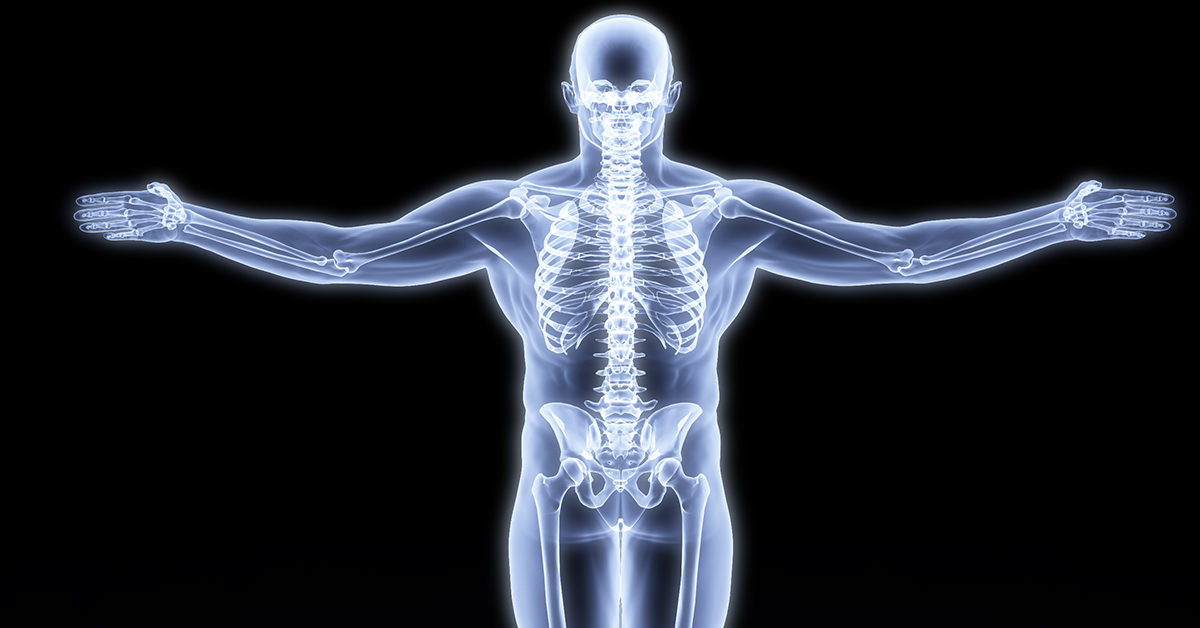
Medical professionals have been using X-rays for more accurate diagnosis for more than a century, because they make it possible to see inside a patient's body. Here's a brief introduction to X-rays, how they work, what they're used for, and how to make sure you get the greatest medical benefit from X-rays with the least possible risk.
What is an X-ray test?
An X-ray test is used to take picture of the inside of your body, to help detect and assess various disorders, dental decay or disease, fractured or malformed bones, and another abnormal condition. The X-ray machine sends a controlled beam of radiation through the part of the body to be examined, creating an image on radiation-sensitive film positioned on the other side.
How were X-rays discovered?
Scientists in several countries began working with radioactive materials and photographic film in the late years of the 1800s. Some of the most prominent researchers of the era were racing to understand radiographic imaging, including Nikola Tesla, Thomas Edison, and Wilhem Rontgen, who first realized there were medical applications after making a picture of the bones of his wife's hand. The first clinical X-ray tests in the U.S. occurred in early 1896, when the brothers Gilman and Edward Frost created images of a patient's fractured wrist at Dartmouth College. The Health Physics Society estimates that some 324 million general radiography procedures were performed in 2009, the most recent year for which estimates are available.
How do X-ray tests work?
The area to be examined is positioned in front of a device that emits a burst of radiation. Radiation-sensitive film is placed behind the body part; the resulting image is also popularly called an X-ray. Because different types of tissue absorb different amounts of radiation, X-ray images appear in black, gray and white. Dense material like teeth and bones block the most radiation, so these show as white in the X-ray image. Fat, muscle and other soft tissue absorb less, appearing in shades of gray in the image. Soft tissue is harder to image; in some cases the patient is given a contrast agent - a dye or mineral solution that helps highlight organs and blood vessels, for example.
What can X-rays show?
- Bones, teeth, bone fractures and other bone abnormalities
- Joint spaces and some deterioration of joints, such as osteoarthritis
- The size and shape of the heart
- Changes in the density of some softer tissues. For example, lung tumors are denser than the air-filled lung and can show as a shadow in a chest X-ray. A breast tumor is denser than healthy breast tissue and also can appear in a mammogram as a shadow
- Collections of fluid - for example, in the lung or gut - may show as grey shadings against the normal black of the air-filled chest, or hollow gut
What are the risks of X-ray exposure?
The risk of developing cancer from exposure to medical imaging radiation is generally very small, and depends on a variety of factors:
- Radiation dose - The lifetime risk of cancer increases with larger doses and the total number of X-ray exams a patient has
- Age - The lifetime risk of cancer is higher for a patient who receives X-rays at a younger age than for one who receives them at an older age
- Gender - Women have a somewhat higher lifetime likelihood than men of developing radiation-associated cancer
- Body Region - Some organs are more radiation-sensitive than others
Balancing benefits and risks
Although the benefits of clinically appropriate X-ray testing generally far outweigh the risks, efforts should be made to reduce unnecessary exposure to radiation. Because younger patients are more sensitive to radiation, special care should be taken in reducing radiation exposure to pediatric patients for all types of X-ray imaging exams. Special care should also be taken in imaging pregnant patients due to possible effects of radiation exposure to the developing fetus.
Tips for helping to minimize radiation exposure:
- Keep track of your medical imaging history to inform your doctor when a new image is recommended
- For children, consider using the My Child's Medical Imaging Record card from the Alliance for Radiation Safety in Pediatric Imaging
- Tell your doctor if you are pregnant or think you might be pregnant
- Ask your doctor physician to discuss the benefits and risks of imaging procedures


